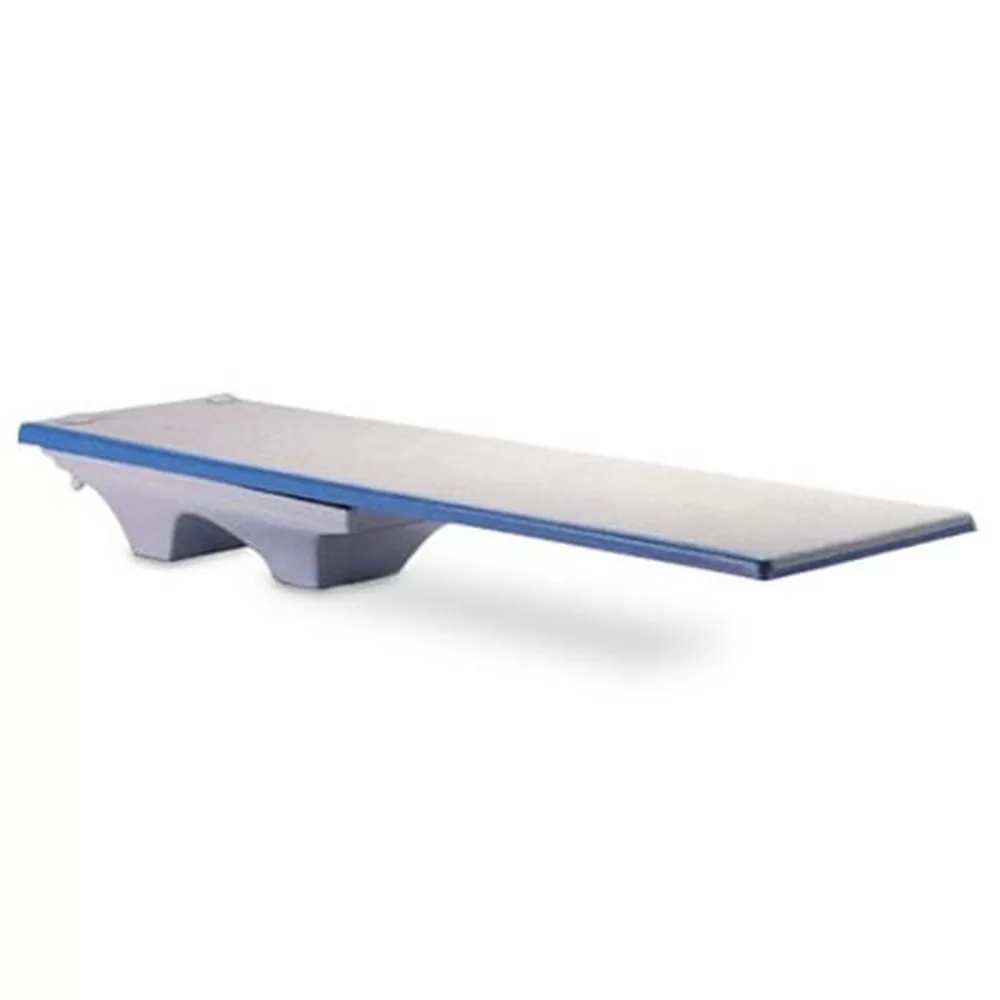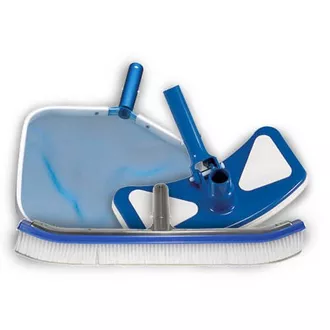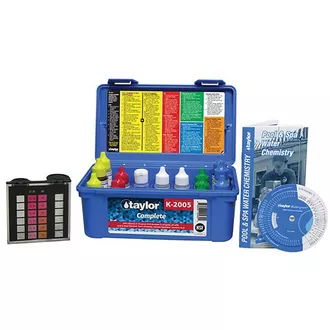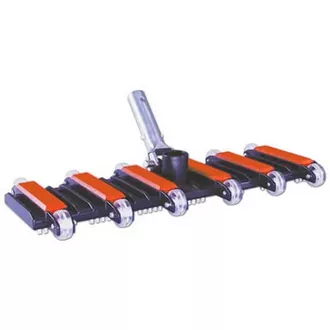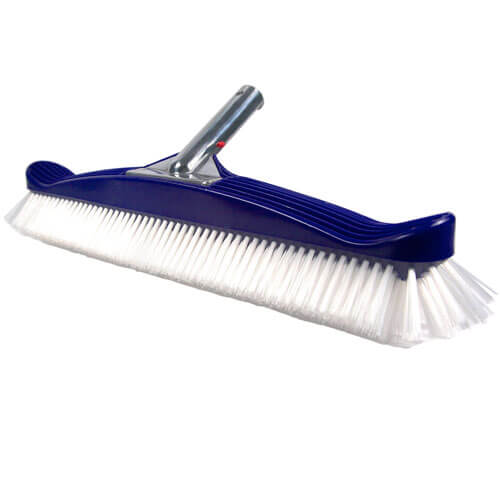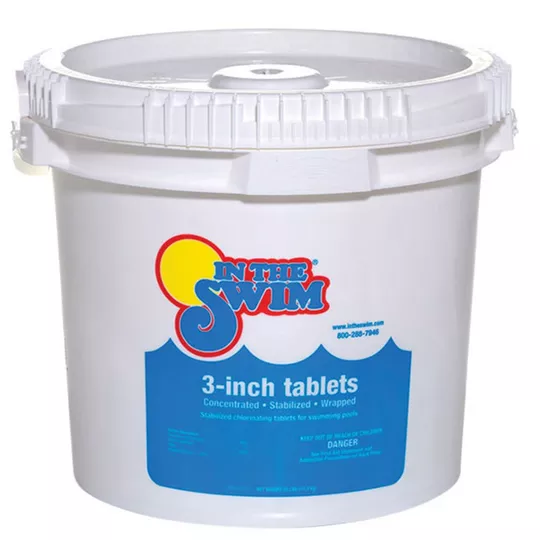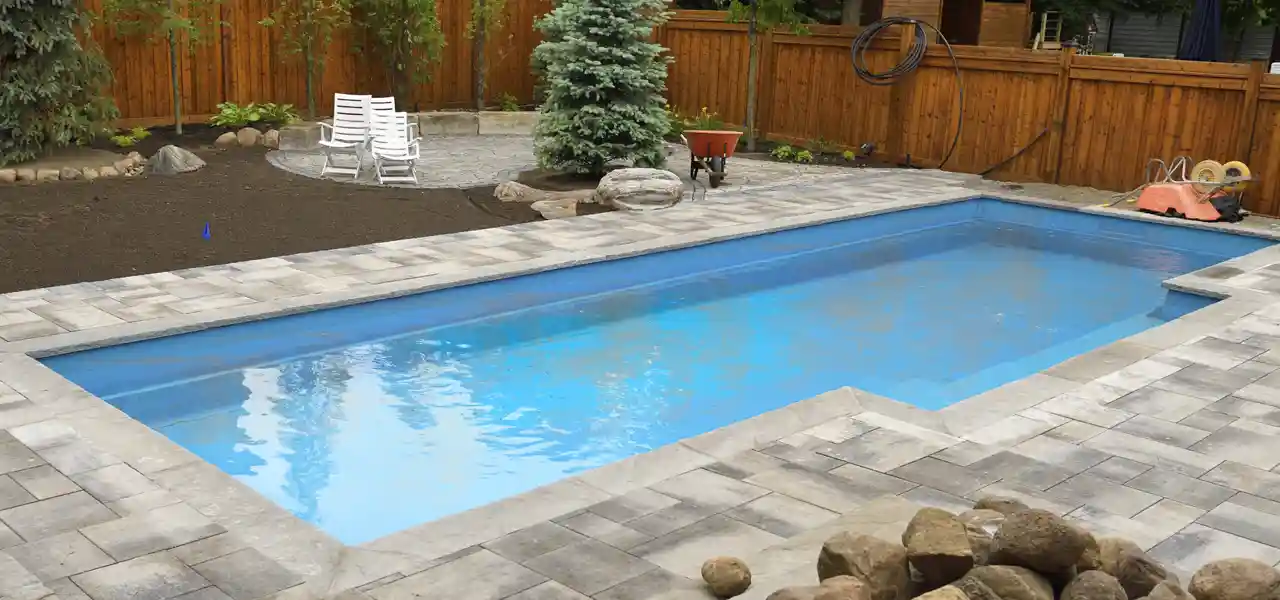
If you are considering building an inground pool yourself, or acting as the general contractor for the project – your first question is:
Should I build a Vinyl Pool, Fiberglass Pool or Gunite Pool?
The answer to this question will affect your cost, maintenance and long term enjoyment of your pool – so choose wisely! For most DIY pool projects, a Gunite pool is Out of the Question ~ it’s a very complicated installation, with too many trades involved. For a simpler discussion, let’s contrast and compare between Fiberglass pools and Vinyl lined pools, or Vinyl Pool Kits vs. Fiberglass Pools
The term Vinyl Pool is a bit of a misnomer, Vinyl Lined Pools would be a better description. Inground vinyl pool kits have walls of either steel (shown above) or polymer, and a floor of either sand or vermiculite – over top of which a vinyl liner is placed. Fiberglass pools, as shown above, are a pre-fabricated shell, delivered on a truck and positioned with a crane, set on a bed of sand.
Vinyl vs. Fiberglass: Cost, Design, Installation and Maintenance
Swimming Pool Cost:

When comparing cost of a fiberglass pool shell to the cost of an inground vinyl pool kit, the vinyl kit will win every time. A good vinyl inground pool kit can be purchased for around $6000. A similar sized fiberglass shell can cost $15000. Shipping cost to your home is much more costly for fiberglass pool shells, as I’m sure you can imagine – they take up the entire truck, whereas vinyl pool kits are packed on just 1 or 2 standard palette skids.
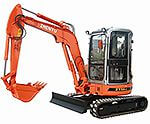
Excavation for both pool types will cost roughly the same for vinyl and fiberglass pools of the same size. Costs for plumbing, electrical and your filtering and heating equipment should also be on par. Vinyl pool kits will require a visit from your local cement truck, to pour a concrete footer around the base of the pool wall. This will cost about $750 +/-, depending on your pool size.
The biggest difference in cost is in the assembly of the pool shell. Fiberglass pools, are pre-assembled, whereas vinyl pool kits will require a day or two of labor cost in wall assembly and pouring the concrete footer, and then another day to finish the pool floor, and install the pool liner. If this labor is your own – it’s likely affordable. If paid to a contractor, this labor can add $3500-$5000 to the finished pool cost.
Swimming Pool Design:
Gunite pools offer infinite design possibilities, sharper radius corners and multiple depths. Between vinyl and fiberglass pools, however, the largest difference is in size. Most fiberglass pool shells are small and shallow, and although a few styles do approach 40 ft x 8 ft deep, the majority of offerings are much smaller and shallower. If you want a larger inground pool, 18×36′ or even a 20×40, inground pool kits offer more choice. For a small sport pool, or a swim spa – both vinyl and fiberglass pools will have many designs and sizes.
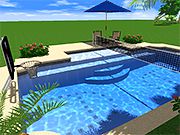
Some fiberglass pool designs have built in steps or swimouts or attached spas. All of these can also be added to a vinyl pool kit as well, and you can specify the location in most cases. Fiberglass pool shells are molded, and shape customization is not possible. And plumbing and electrical modifications, such as adding additional lines or lights is easier on a vinyl pool kit.
With regards to the “Look & Feel” of each pool shell type, both vinyl and fiberglass will look very similar, and both are smooth to the touch. Vinyl pools can be made even softer with wall padding beneath the vinyl liner. Plastered pools, on the other hand, can be rough. This leads to “pool toe” and allows algae to gain a good foothold.
Vinyl and fiberglass also are more stain resistant than plaster, and the many patterns and finishes offered hides surface imperfections better. Fiberglass pools may feel “hollow” in some spots of the shell; it’s a bit strange to feel the step or the floor bow under weight. Likewise, a sand floor of a vinyl pool allows heel divots or small uneven areas; however using concrete or vermiculite for the floor material will prevent this problem.
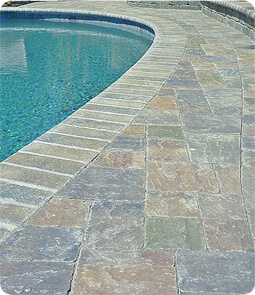
Fiberglass shells are no longer only sky blue color, and the same can be said for pool liners. Fiberglass shells are now offered in a wide variety of “speckled” tones, and can also have real pool installed at the waterline, or on the floor, in the form of tile mosaics. Vinyl liners are available in a variety of patterns and colors, and can have real coping stones installed around the top edge, as shown here on the right.
Swimming Pool Installation:
After the layout is planned, permits are pulled and you have contacted the Miss Utility or Dig Safe in your area, you can begin the excavation portion. Both vinyl pool kit and fiberglass pools will require the same amount of work to dig the pool and any trenching needed for plumbing or electrical lines. Fiberglass shells are set in a thick bed of sand. Vinyl pools can also use sand beneath the liner, or for a more solid floor, most use a mixture of vermiculite and cement, known as Pool Mix.

During the delivery of a fiberglass pool shell, a rather large crane truck will lift the pool off of the truck bed. The telescopic arm will extend, high enough to lift the pool over the house if need be. In some cases, the truck may need to pull into your side yard to get closer to the “drop” location. Small pool shells can be moved by a large excavator or backhoe. Once the fiberglass shell is in position, a hose is added to begin filling the pool. Some shimming of the earth may be needed to level the pool, and getting the pool shell absolutely level and supported is crucial. Plumbing and electrical can be attached and the space around the pool walls backfilled and tamped.
For vinyl pool kits, wall assembly is the first step after excavation. Using a transit ensures that all panels are level to each other before tightening the panel bolts. After the wall sections are assembled, you can attach steps, swim outs or spas, and then call in concrete truck to pour a concrete collar around the base of the wall. Plumbing and electric is attached and the after the floor work is complete, the vinyl liner can be hung inside the pool. Backfill around the pool walls, tamping the dirt as you go.
For installation simplicity, the fiberglass pool is the winner, with less overall man hours required from excavation to backfill. Depending on the pool size, the inground pool kit will take a day or two longer to complete the assembly, and get the pool ready for water.
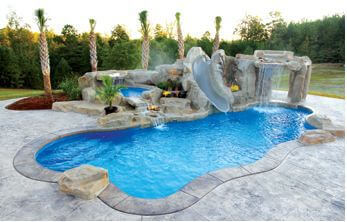
The pool deck options are similar for both pools. You can do broom finished concrete, paver stones or a flagstone deck. You can have brick coping or have a cantilevered deck that overhangs the pool wall. The possibility for deck and coping combinations are endless with both fiberglass and vinyl pools.
Either pool can also be interfaced with water features or rock walls built on the side of the pool. Do you want a rock spa that sits up above the pool, overflowing to a cascade that spills and tumbles into the pool? Either pool type can accommodate.
Swimming Pool Maintenance:
Fiberglass pools differ little from vinyl pool kits in the way the water is circulated and filtered, although adding more skimmers or plumbing lines is easier to retrofit on a vinyl pool. Both can enjoy the convenience of automatic pool cleaners, heaters and salt water chlorinators. Slides and diving boards are limited to pools with adequate depth.
Emptying the pool completely is an issue for both pool types. You can drain 1/2 the water, to make a repair or to correct a poor water condition, but if you completely drain the pool, the fiberglass shell risks buckling or bowing. For vinyl liners, if you drain completely, you will usually want to “reset” the liner with a vacuum, to prevent wrinkles from forming.
Pool liners can last 20 years, or they may fail in a much shorter time. The fiberglass shell, coated with a gelcoat, is a much more durable surface, resisting damage that could ruin a vinyl liner. Most fiberglass shells are warranted for 20 years. Over time, they tend to lose their luster and after 30 years either replacement or renovation is in order, at a very high cost. By contrast, in ground replacement pool liners are quite affordable, averaging $900. And since you already installed the first one, you can install it’s replacement fairly easily.
Full Disclosure: At SPP, we sell vinyl liner inground pool kits, and we think they are the best choice for a DIY inground pool project. Your decision on the first question asked is crucial. Spend some time to research both pool types to find the best fit for you and your family.


